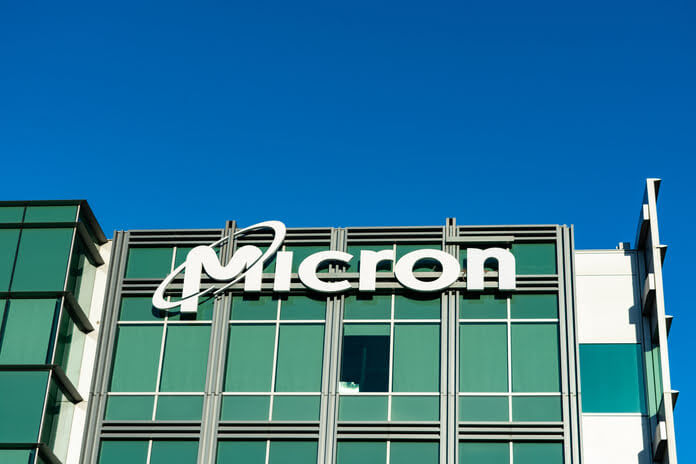On Friday, Micron Technology (NASDAQ:MU) shares increased despite the firm providing a first-quarter projection that was well below expectations and announcing significant spending cuts beginning in 2023.
The Boise, Idaho-based Micron (NASDAQ:MU) said it anticipates revenue in the range of $4 billion and $4.5 billion for the upcoming quarter, with profits per share varying between a loss of 6 cents and a gain of 14 cents. Gross margins should range from 24% to 28%.
Micron Stock Drops As Experiences More Weakness In Q4
Analysts anticipated that Micron (NASDAQ:MU) will have sales of $6.02 billion and earnings per share of 87c. Additionally, MU announced it would reduce wafer fab equipment investment by as much as 50% next year and total capital expenditures by 30% year over year. In premarket trading, MU stock increased by 2.5%.
Robert Castellano, a writer for Seeking Alpha, stated that Lam Research and Applied Materials (NASDAQ:AMAT), both of which have “strong exposure to memory,” will likely be impacted by Micron’s (NASDAQ:MU) investment drop.
According to Castellano, “Micron arrived to this point of higher than required memory expansion by not carefully regulating CAPEX, which was the cause of the recent slump of 2019.” However, the process is challenging, and I predict that decreased investment will reduce capacity growth to 8–9%.
Micron Stock Outlook, Earnings
Micron (NASDAQ:MU) reported earnings of $1.45 per share on sales of $6.64 billion for the period ending September 1. Gross margins were 40.3%, somewhat higher than expected at 39.7%. Analysts anticipated a gain of $1.37 per share on $6.78B in revenue for the quarter. In addition to disclosing profits, Micron (NASDAQ:MU) also announced its quarterly dividend, which will be paid on October 26 to shareholders of record as of October 11 and will be 11.5 cents per share.
According to Japan’s commerce minister, MU would get up to $322 million from Japan to manufacture cutting-edge memory chips at a Hiroshima factory. After the COVID-19 epidemic disrupted global supply chains and geopolitical tensions rose, U.S. Vice President Kamala Harris traveled to Japan as the two nations sought to further their collaboration in manufacturing and supply chains.
According to Japan’s Economy and Trade Minister Yasutoshi Nishimura, “I think the arrangement will assist in further expanding collaboration between Japan and the United States in the area of semiconductors.”
In order to speed up the development of its 1-beta DRAM, which is utilized for cutting-edge facilities, 5G networks, and artificial intelligence, Micron (NASDAQ:MU) stated it will use the funding to increase capacity.
Investment company J.P. Morgan stated last month that memory chip manufacturers, such as Micron, were beginning to look more appealing despite a surge in industry pessimism.
Featured Image- Megapixl @ Michaelvi









